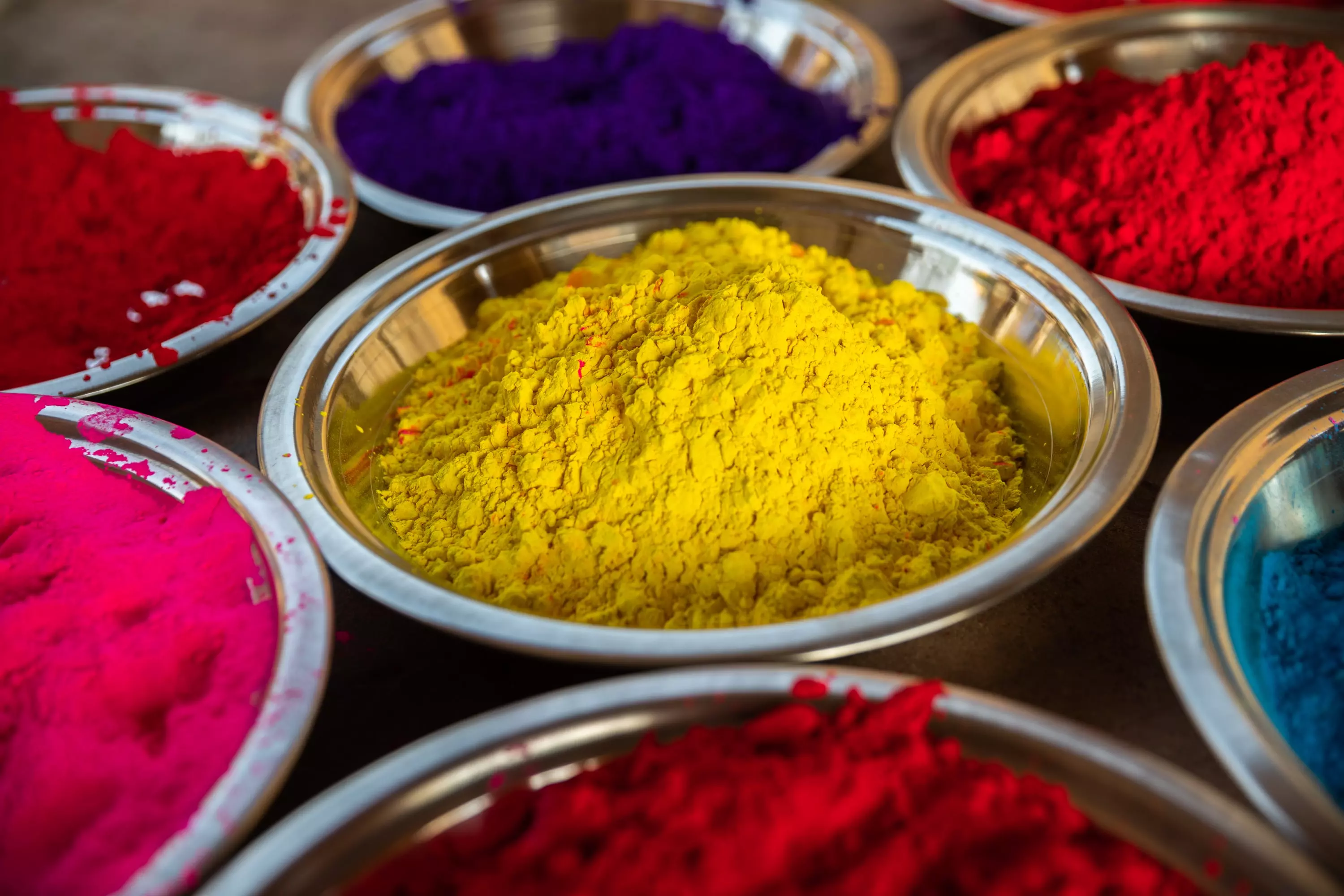Summary of our market study
to understand this market
Detailed content of our market study
 Inforamtion
Inforamtion
- Number of pages : 35 pages
- Format : Digital and PDF versions
- Last update :
 Summary and extracts
Summary and extracts
1 Market overview
1.1 Definition and scope of study
Dyes and pigments are substances that are used to dye a product of a certain color in many industries. It is important to make a precise distinction between dyes and pigments.
Dyes are soluble, and to be used they must first be meticulously ground and chemically bonded before or after treatment. They are used in many industries, including the food, chemical, cosmetic, textile, tannery and plastics processing industries.
The pigments are insoluble, and to be used they must first be ground and then placed on the surface of the material to be dyed. They are also used in many products, including cosmetics, inks, paints, varnishes, plastics, coatings, glass, concrete and ceramics.
Men have used dyes and pigments since prehistoric times, when they used dyes of mineral origin such as chalk and ochre to paint coloured murals in caves. Later, men began to use dyes of vegetable and animal origin to color fabrics. In the 19th century, the discovery of mauve, one of the first synthetic dyes, led to the beginning of the use of these materials in the textile industry.
The global market for dyes and pigments has grown in recent years, and is expected to continue to grow at a rate of 4% until 2023. The Asia-Pacific region dominates the global market due to increased production in developing economies. In addition, many international players have moved their production facilities to the Asia Pacific region due to lower costs and less stringent regulations.
In Italy, this activity is registered with the Ateco code 20.12.00, which indicates the "manufacture of dyes and pigments". The Italian market is shrinking, and turnover is down 21% from 2013 to 2018. Moreover, in the same period, the number of manufacturers of dyes and pigments has decreased from 92 to 86, which shows a concentration of the market.
In recent years, growing environmental concerns and rising pollution levels have led to changes in demand. Due to the growing awareness of end product users and the high content of hazardous chemicals in synthetic dyes, the latter are increasingly being replaced by natural and organic dyes.
All our studies are available online in PDF format
Take a look at an example of our research on another market!
 Choosing this study means :
Choosing this study means :
Access to more than 35 hours of work
Our studies are the result of over 35 hours of research and analysis. Using our studies allows you to devote more time and added value to your projects.
Benefit from 6 years' experience and over 1,500 industry reports already produced
Our expertise enables us to produce comprehensive studies in all sectors, including niche and emerging markets.
Our know-how and methodology enable us to produce reports that offer unique value for money.
Access to several thousand articles and paid-for data
Businesscoot has access to all the paid economic press as well as exclusive databases to carry out its market research (over 30,000 articles and private sources).
To enhance our research, our analysts also use web indicators (semrush, trends, etc.) to identify market trends and company strategies. (Consult our paying sources)
Guaranteed support after your purchase
A team dedicated to after-sales service, to guarantee you a high level of satisfaction. +44 238 097 0676
A digital format designed for our users
Not only do you have access to a PDF, but also to a digital version designed for our customers. This version gives you access to sources, data in Excel format and graphics. The content of the study can therefore be easily retrieved and adapted for your specific needs.
 Our offers :
Our offers :
the market for dyes and pigments | Italy
- What are the figures on the size and growth of the market?
- What is driving the growth of the market and its evolution?
- What is the positioning of companies in the value chain?
- Data from several dozen databases
5 reports pack (-15%) IT Italy
- 5 reports at €75.6 excluding VAT per study to choose from our Italian catalogue for 12 months
- Save 15% on additional studies purchased
- Choose to be refunded any unused credit at the end of the 12-month period (duration of the pack)
See the terms and conditions of the pack and the refund of unused credit.


















